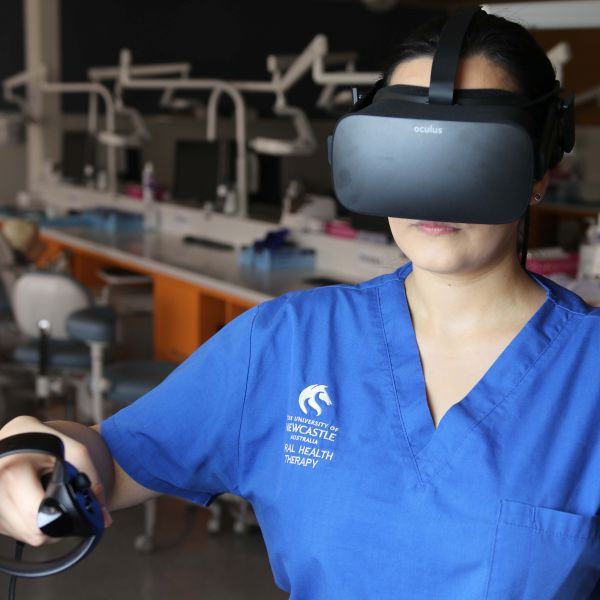Finding the Right Smart Glasses in 2022
While the concept of augmented reality has been growing in popularity for some time now, much of the market has focused on smartphone apps. AR apps offered an accessible, easy entry point into the world of extended reality, and they still have significant value to offer today.
However, as the advantages of an augmented experience continue to make themselves evident for business and enterprise investors, some companies are beginning to look into the next level of AR technology. AR smart glasses have the power to augment the real world with digital content in a more immersive, hands-free environment.
Currently the demand for wearable AR solutions is growing incredibly, with some experts predicting unit sales of around 3.9 million by 2024. So, how do you compare AR smart glasses tech?
Step 1: Find your Use Cases
First, you need to determine why you’re investing in AR smart glasses in the first place. Like most disruptive technologies, AR wearables can be an exciting and novel initial purchase – but they need to have a specific purpose to have a significant impact.
There are plenty of potential use cases for these tools, depending on your industry, and each will have an impact on how you compare your tools.
For instance, the kind of headset you’re going to need to help you access information about a building when you’re working on the field of a first responder will be different to the smart glasses used by surgeons in hospitals.
Ask yourself if your glasses need to be more lightweight or more durable. Do you need to be able to access bandwidth-heavy apps through these glasses, or just send quality video and audio back and forth between members of your team?
Step 2: Consider Design Requirements
These days, all kinds of companies are beginning to get involved with the smart glasses ecosystem, promising a future where AR headsets can be stylish and suave.
For now, however, most companies are going to be less worried about the appearance of their smart glasses, and more concerned about the practical elements of the design.
Start by asking yourself what kind of conditions your employees are going to be using your smart glasses in. Are there going to be ambient temperature changes to be aware of that your glasses need to withstand.
Will the headsets be exposed to dust, moisture, or dirt? What are the chances of them being knocked or damaged during use?
For most companies, comparing design elements of AR smart glasses will focus on:
- Durability: How strong the device is and how capable it is of handling specific environments.
- Practicality: How easy it is to use and transport the AR glasses to various locations.
- Comfort: How ergonomic, lightweight, and easy-to-wear the glasses will be.
You can even choose between monocular and binocular glasses depending on whether you want to give your staff an unrestricted view of the “real world” as well as an AR view.
Step 3: Assess Your Users
Once you’ve considered the conditions your AR smart glasses are going to be facing, the next step is thinking about who is going to be using these tools. User experience is an essential consideration when you want to ensure your employees are going to be comfortable adopting new tech.
Think about the comfort of your users. How can you ensure your employees feel capable of wearing these devices for longer periods of time?
Can you choose headsets designed to be lightweight, and products capable of adapting when users have glasses or prescription requirements?
It’s also worth thinking about the tools and operating systems your employees are going to be most comfortable using.
Can you purchase smart glasses which integrate automatically with Microsoft Teams, so users can access the features they’re already comfortable with when working at speed? How easy is it to use a new app or feature?
When rolling out your headsets, remember to collect as much feedback as possible from your beta users before delivering the technology at scale.
Step 4: Know Your Essential Features
Today’s smart AR glasses can transform everything from repair and maintenance activities to product development, training, and accessing remote expert assistance. However, your devices will only be capable of so much depending on the features and services available.
Start by looking at the apps and technology available from the smart glasses based on the use cases you identified. For instance, if you’re going to be using these tools for collaboration, you’ll need your cameras to feature cameras, microphones, and speakers for communication.
If your team members are going to be using their AR glasses to access manuals and product information on the fly, your system needs to be able to access the apps and services your staff already use.
Don’t forget to consider the other essential features responsible for influencing employee experience, too, like battery capacity, and mobility.
Step 5: Experiment
At a time when smart glasses are so new to the AR environment, there’s still a lot of discovery and experimentation to do. Attending AR events and conferences where you can experiment with the technology available first-hand is an excellent way to discover what’s possible.
Some companies will even allow you to take certain devices for a “test run”, so you can explore potential features without investing too much cash into your new purchase.
If you’re having a hard time deciding between a number of AR smart glasses vendors, testing the tools out first-hand can be one of the best ways to decide.
You can even consider bringing members of your IT team with you, or people who are going to be using the devices daily to events and demonstrations. This will give them the chance to explore the capabilities of the new technology too.
Quelle:




